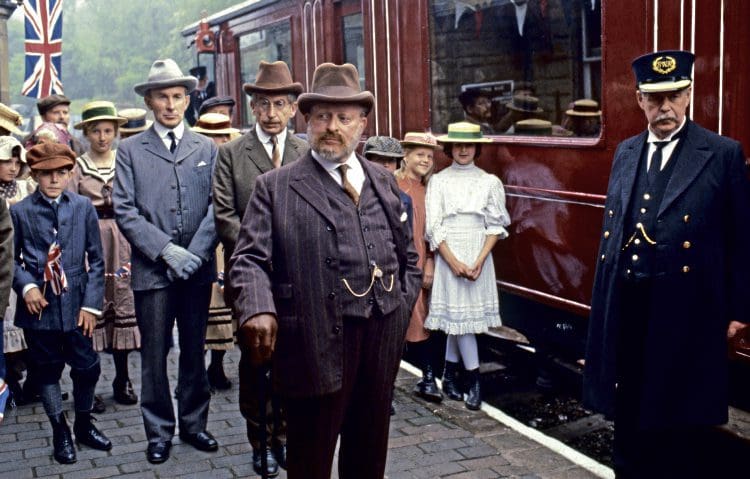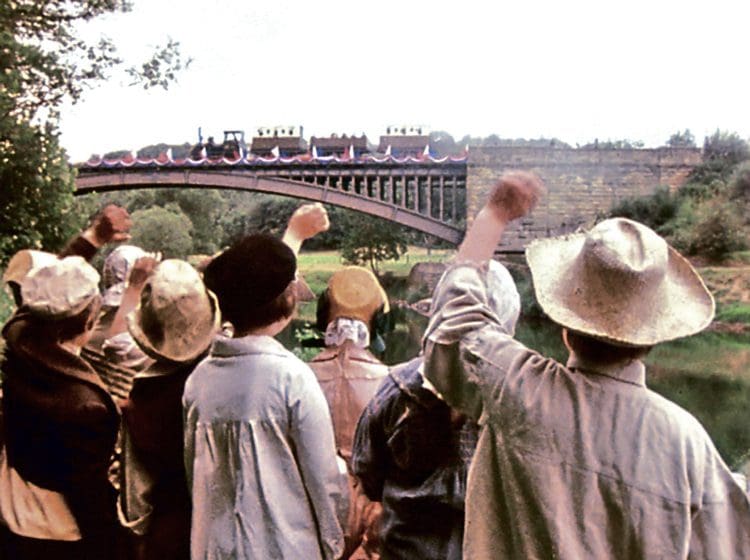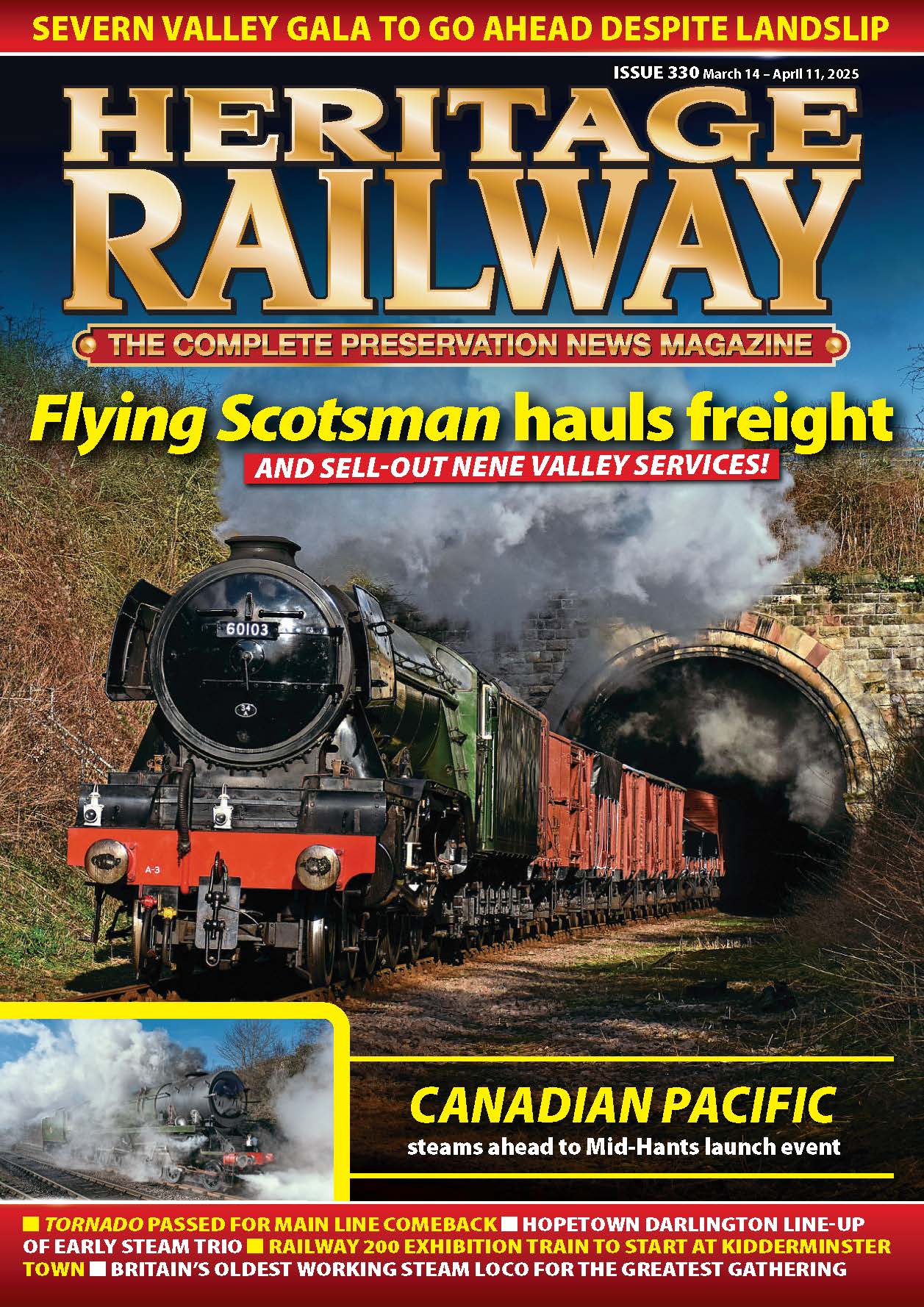TV dramas are not always noted for their historical accuracy, but one children’s series in the 1980s was very different in this respect. Avril Rowlands, who wrote the stories, recounts the efforts made to achieve authenticity while filming on the Severn Valley Railway.
At 5.15 on eight consecutive Wednesday evenings in 1980 more than five million people – adults and children alike – tuned in to BBC1 to watch a children’s drama series called God’s Wonderful Railway. You might have been one of them!

The series caused something of a stir for three reasons. Firstly, it attracted the highest viewing figures recorded for a children’s drama.
Secondly, in an era in which home video recording was in its infancy, many adults left work early in order to watch it, and thirdly, the stars of the series were the locomotives and rolling stock of the Severn Valley Railway.
Enjoy more Heritage Railway reading in the four-weekly magazine.
Click here to subscribe & save.
I should know. I wrote the series.
Thirty-seven years later I’m delighted to say the series is about to be released on DVD to the enjoyment, I hope, of those who watched it when it first went out in 1980 and was repeated in 1982, and those of you who were too young to have seen it.
Heritage steam railways have been a godsend to film and television companies when making period drama. We’ve all seen and winced at sequences such as a Great Western engine pulling chocolate and cream BR Mk.1s departing ostensibly from a station in Yorkshire en route to London.

God’s Wonderful Railway was different.
The BBC and I took enormous pains to ensure everything shown on the screen was as accurate to the period as possible or, at best, an acceptable compromise.
As I began researching and writing, what started as a simple three-part story quickly expanded to 13, 25-minute episodes, covering more than 100 years, as seen through five different generations of the same railway family – the line being built in the 1860s, the Edwardian heyday at the turn of the century, the railway at war in 1940, closure under Beeching in the 1960s, and reopening as a preserved steam railway in the late 1970s.
Last stories never made
Sadly, the last two stories were never made because of financial restraints. The scripts still exist, adding to the insulation in my loft!
The early stories posed some interesting problems. Permanent Way told the story of Robbie Grant and his father John, who worked as navvies at Arley on the construction of the Severn Valley Railway.
The obvious place to film this would have been in one of the many abandoned railway cuttings. However, this wouldn’t work as the cutting had to look ‘new’. Where, the producer asked, was a new railway being built? The answer was nowhere – in the late 1970s lines were still being closed across the country.
Read more in Issue 236 of HR – on sale now!
Advert
 Enjoy more Heritage Railway reading in the four-weekly magazine. Click here to subscribe.
Enjoy more Heritage Railway reading in the four-weekly magazine. Click here to subscribe.




